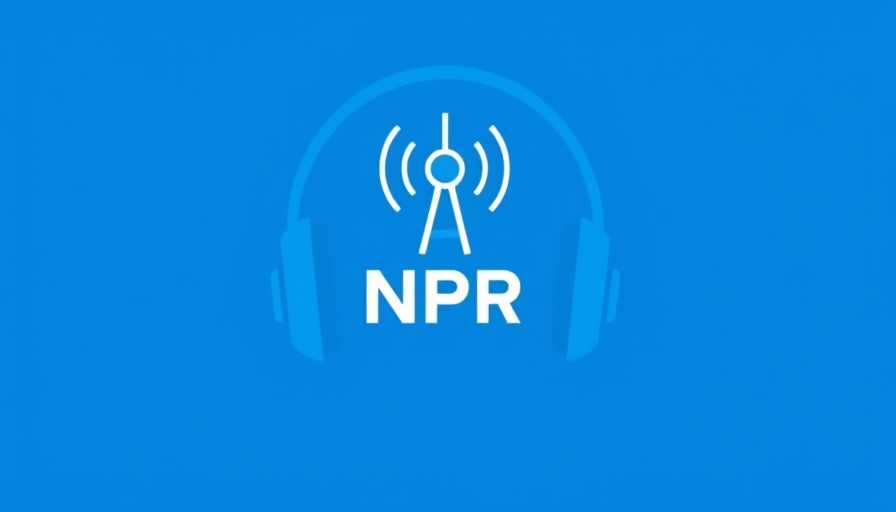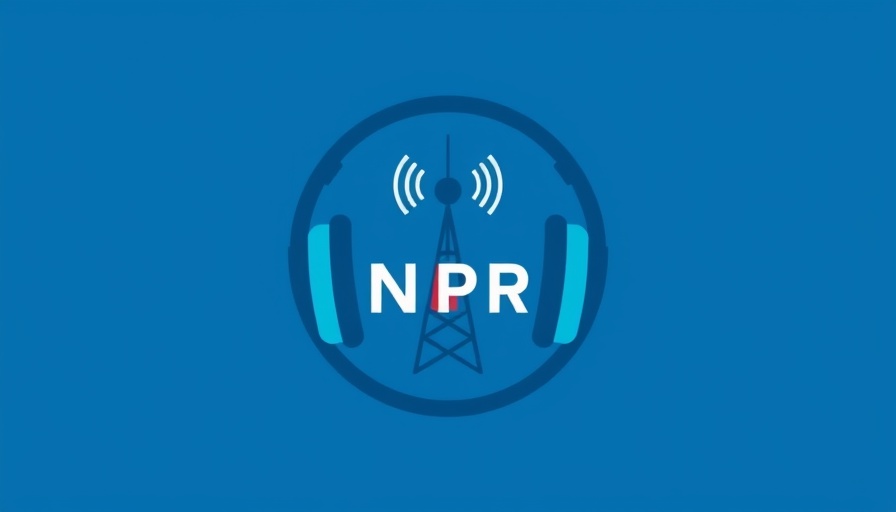
The CDC’s Concerning Cuts: A Focus on Injury Prevention
The Centers for Disease Control and Prevention (CDC) serves as the backbone of public health in the United States. However, recent staffing cuts have raised significant concerns regarding its capability to address one of the leading causes of death—injury. With injuries accounting for the most deaths among individuals under 45, the implications of these cuts could have far-reaching consequences.
The Essential Role of Injury Prevention Staff
The CDC’s injury prevention staff play a critical role in addressing health threats that contribute to these preventable deaths. Their responsibilities range from conducting research to developing national safety guidelines and community programs aimed at decreasing injury rates. By reducing the workforce tasked with these functions, the agency risks undermining advancements made in understanding and preventing injuries.
Understanding the Statistics
Statistics paint a stark picture: injuries represent the leading cause of death in many demographics, particularly among young adults. The loss of effective prevention strategies not only endangers lives but also poses a long-term challenge to public health. For context, a recent analysis highlighted that areas previously benefiting from targeted injury prevention programs saw significant declines in emergency room visits due to accidents. Cutting the very staff that supports such initiatives seems counterproductive at best.
Impact on Local Communities and Businesses
For business professionals—particularly in communities serving younger populations—this cut could have downstream effects. A decline in injury prevention translates to higher healthcare costs, increased workforce absenteeism, and loss of productivity in industries dependent on young talent. CEOs and marketing managers must recognize that the stability of local economies is tightly woven with public health outcomes; thus, these decisions should not be underestimated.
Counterarguments: Budget Cuts vs. Health Needs
While some may argue that budget cuts are necessary for reallocating resources, the long-term monetary implications of ignoring injury prevention can outweigh short-term savings. For every dollar invested in prevention programs, studies suggest substantial returns in reduced healthcare costs. It’s imperative to engage in thoughtful discourse regarding funding allocation in public health, ensuring that crucial components aren’t sacrificed for temporary gains.
Calls for Action: Engaging the Business Community
As leaders in technology and marketing, there is a critical avenue for business professionals to advocate for the restoration of these positions. Collaborating with health organizations and underlining the importance of preventative measures can influence policymakers to reconsider funding strategies. By highlighting that a healthy workforce is the backbone of economic growth, CEOs can play a pivotal role in this conversation.
Future Insights: What Lies Ahead?
Looking forward, it is vital to consider how the elimination of the CDC’s injury prevention team could influence the broader public health agenda. If these trends continue, the increase in preventable deaths could lead to a national crisis that requires more extensive resources to address. There lies an opportunity for the business sector to step in, lobbying for enhanced prevention efforts and supporting initiatives that prioritize health and safety.
Conclusion: The Importance of Advocacy
In light of the cuts to CDC’s injury prevention staff, it is essential for professionals across various sectors to advocate for comprehensive health strategies. The role of public health is not isolated; it integrates deeply with the fabric of society and economy. Leaders in business and tech must unite to ensure that injury prevention remains a priority, safeguarding community health and workforce productivity.
Taking action begins with understanding the issue, engaging in advocacy, and lending support to initiatives focused on injury prevention. Together, the private sector and public health can craft a safer future.
 Add Row
Add Row  Add
Add 




 Add Row
Add Row  Add
Add 

Write A Comment